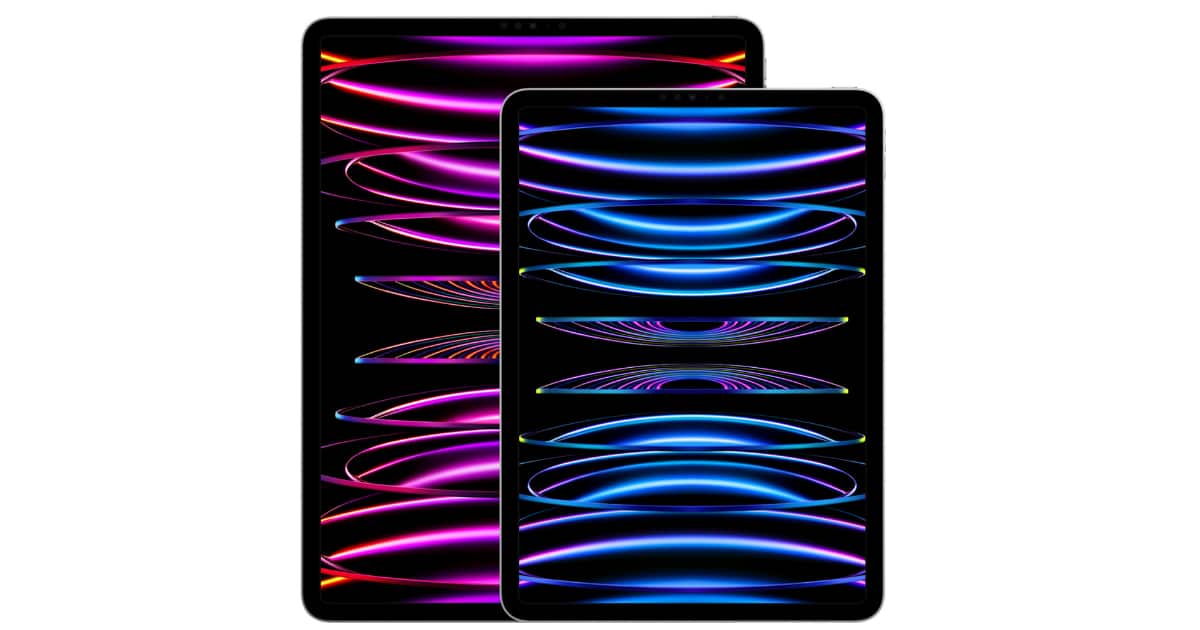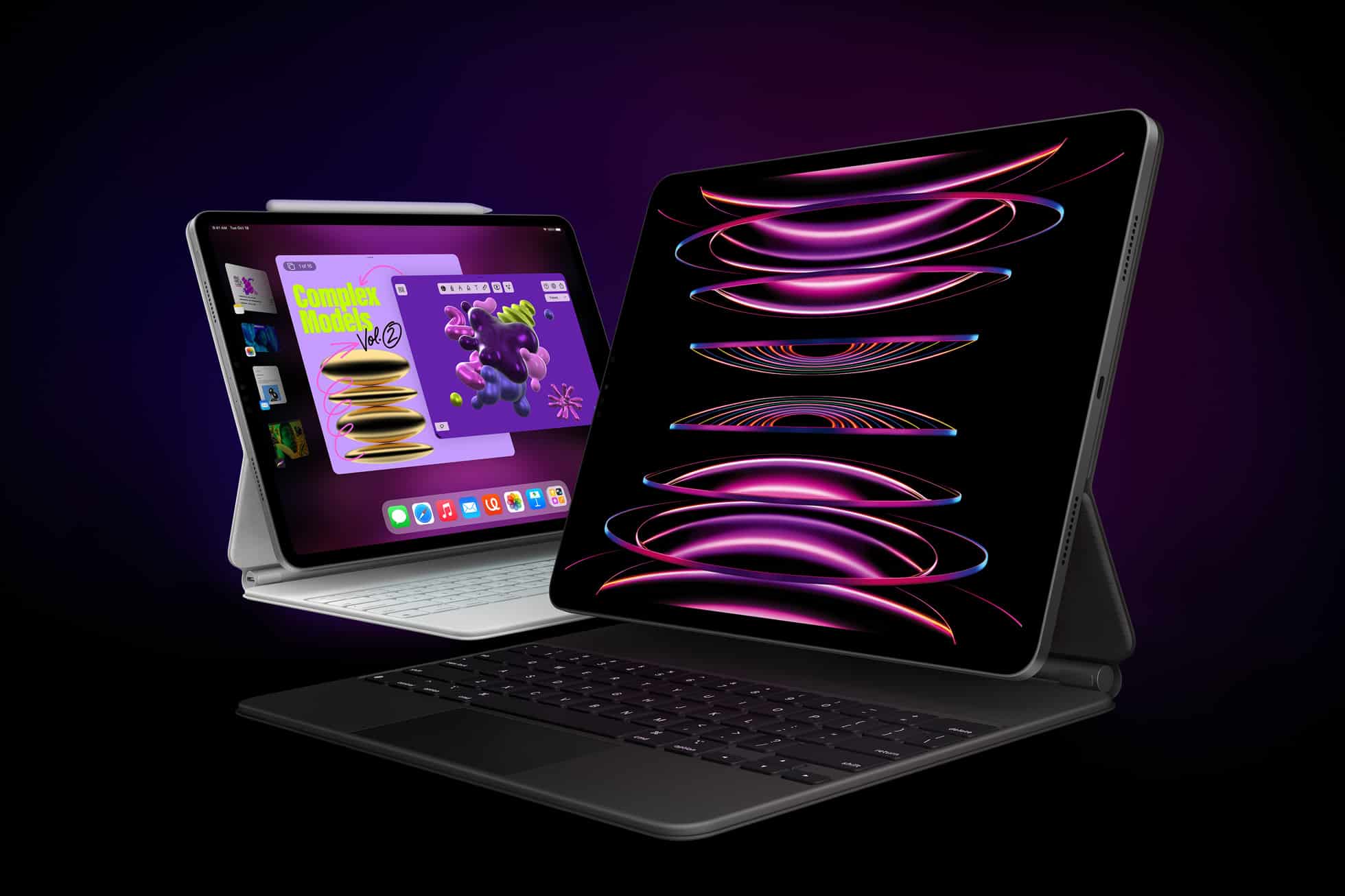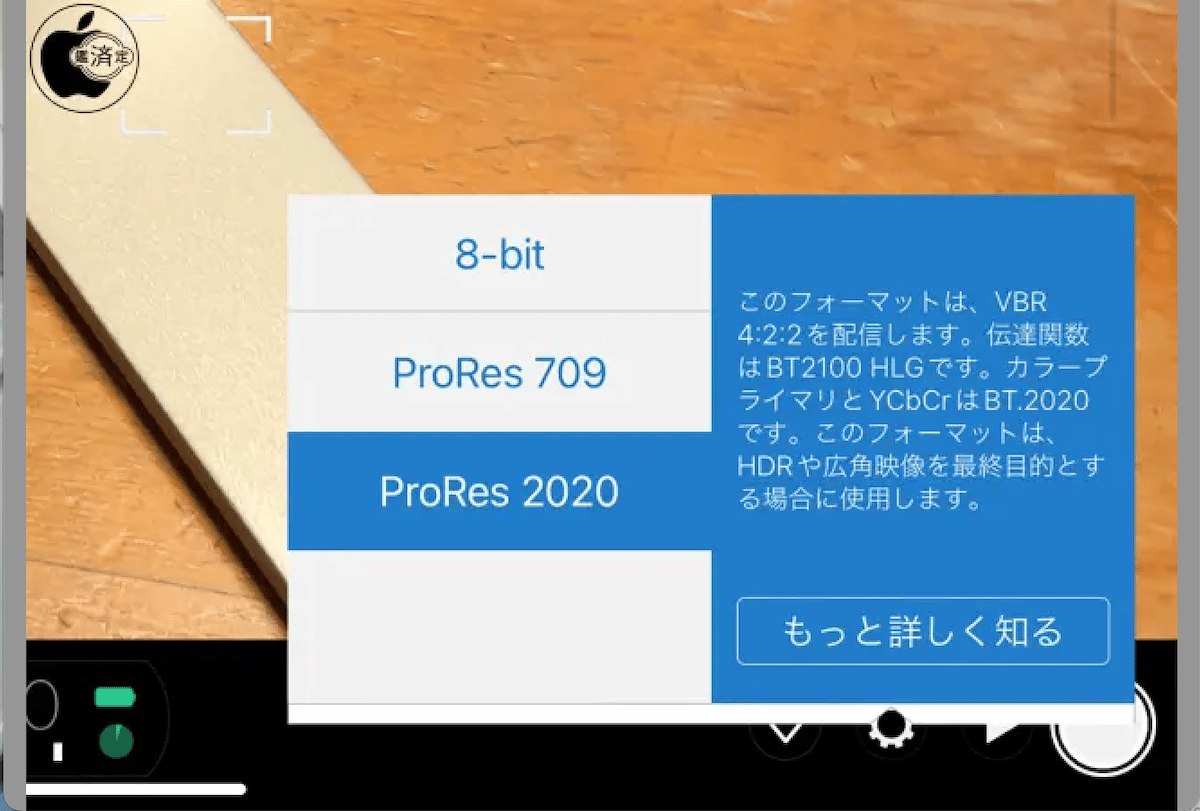A few weeks ago, Apple launched the next-generation iPad Pro models with an M2 chip and faster Wi-Fi 6E, Apple Pencil’s hover feature, and more. Although the new M2 iPad Pro models support ProRes video capture, they lack support in the native camera app and compatible third-party apps are required.

M2 iPad Pro models feature an 8-core CPU with 4 performance cores and 4 efficiency cores, 10-core GPU, 16-core Neural Engine, 100GB/s memory bandwidth, and 8GB or 16GB RAM. For the first iPad Pro models to support ProRes video recording, the tables are equipped with new media engine and the image signal processor, in the M2 chip that supports hardware-accelerated ProRes and ProRes RAW, along with ProRes encode and decode engine.
However, the ProRes video capture of up to 4K at 30 fps support is available on 256GB or higher variants.

“Apple ProRes” option is only available in third-party apps on M2 iPad Pro
MacOtakara found that the “Apple ProRes” option was not available in the Settings of the native camera app on compatible 256GB, 512GB, 1TB, and 2TB models except 128GB models support ProRes video up to 4K at 30fps.
The publisher added that iPad User Guide for iPadOS 16 also does not mention ProRes. However, the option appeared on the third-party app, FiLMiC Pro.
Therefore, I installed the manual video camera app ” FiLMiC Pro ” on the iPad Pro 12.9-inch (6th generation) and checked the resolution, confirming that “Apple ProRes” can be selected.
Since it is not displayed on the iPad Pro 11-inch (3rd generation) with the M1 chip, ProRes video recording is not possible on the 256GB models of the iPad Pro 11-inch (4th generation) and iPad Pro 12.9-inch (6th generation). It’s possible, but you’ll need a third-party app.

Maybe it’s a bug or the company is planning to launch the feature in an upcoming update. Apple described support for ProRes as told for creators to capture footage, edit and publish it all from one device.
The power of M2 also extends to the new media engine and the image signal processor, which combined with the advanced cameras, enable users to capture ProRes video for the first time and transcode ProRes footage up to 3x faster. This means content creators can capture, edit, and publish cinema-grade video from a single device out in the field.


